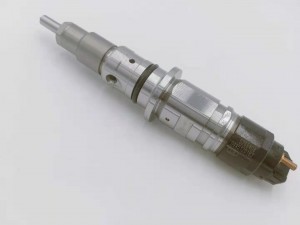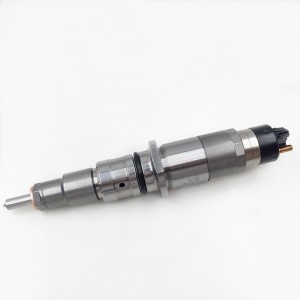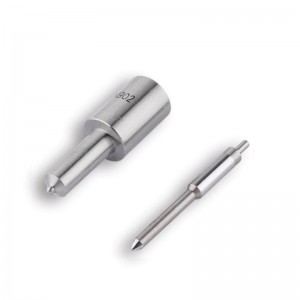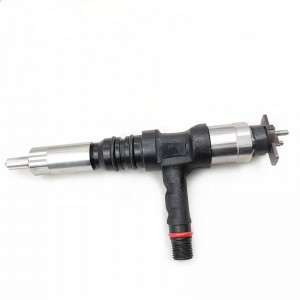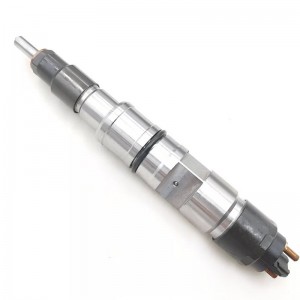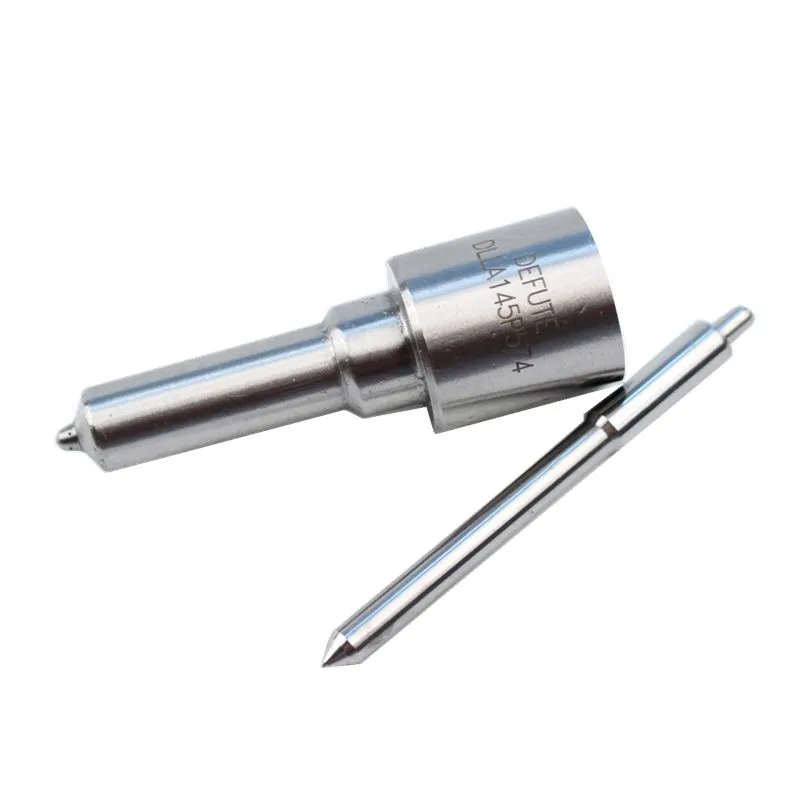Diesel Injector Fuel Injector 0445120183 Bosch for Dongfengdfl 4.8
products detail
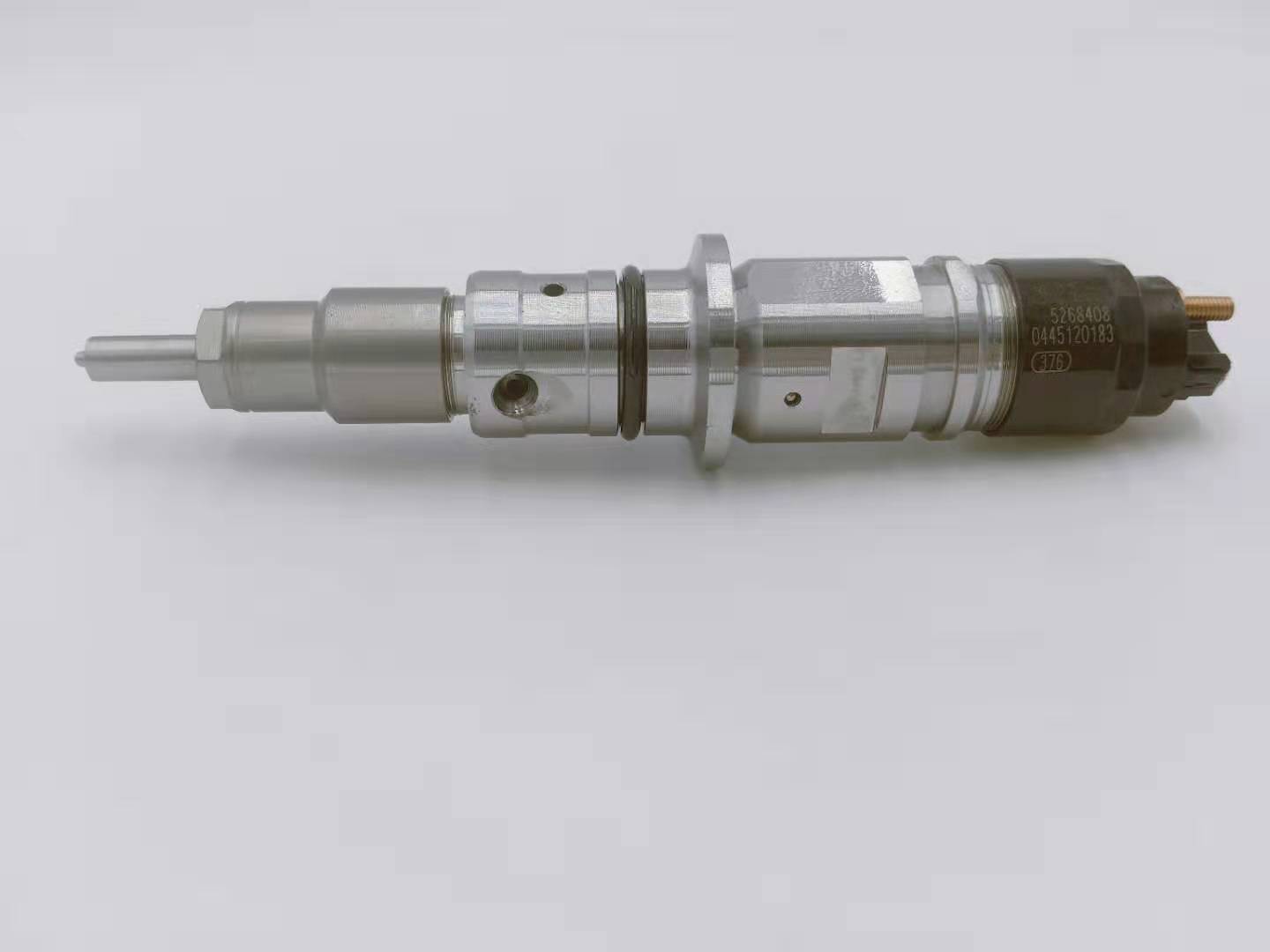
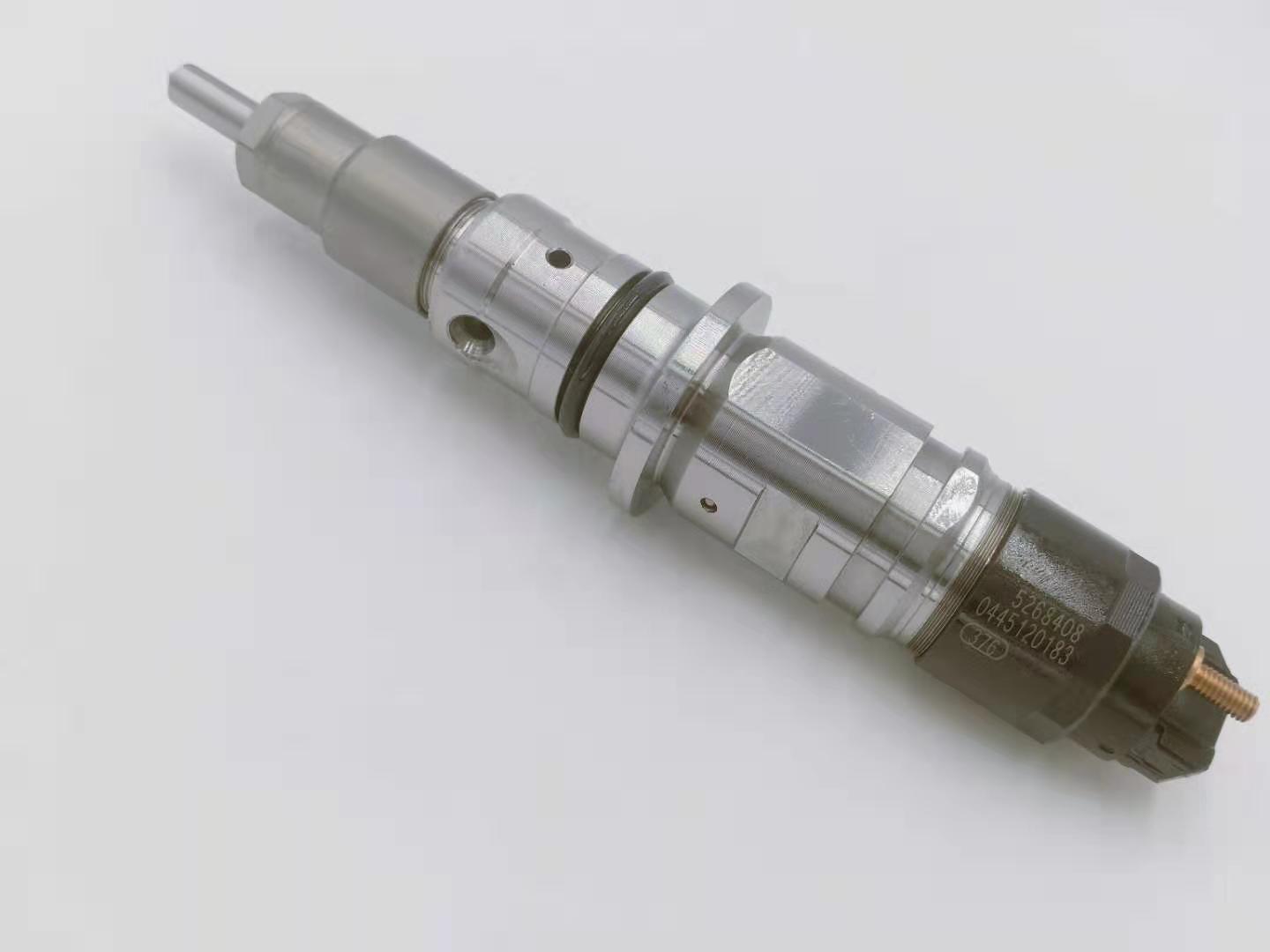
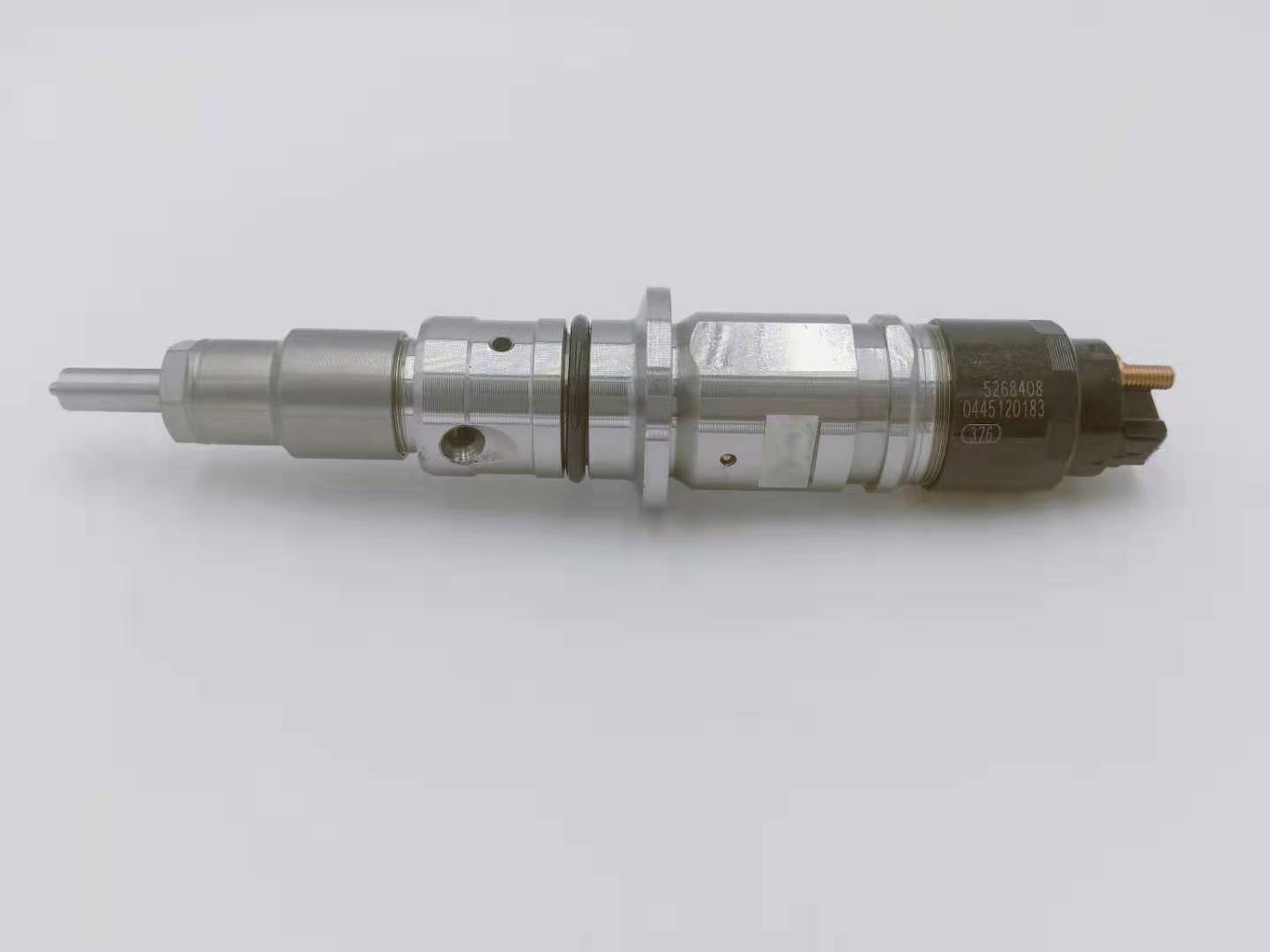
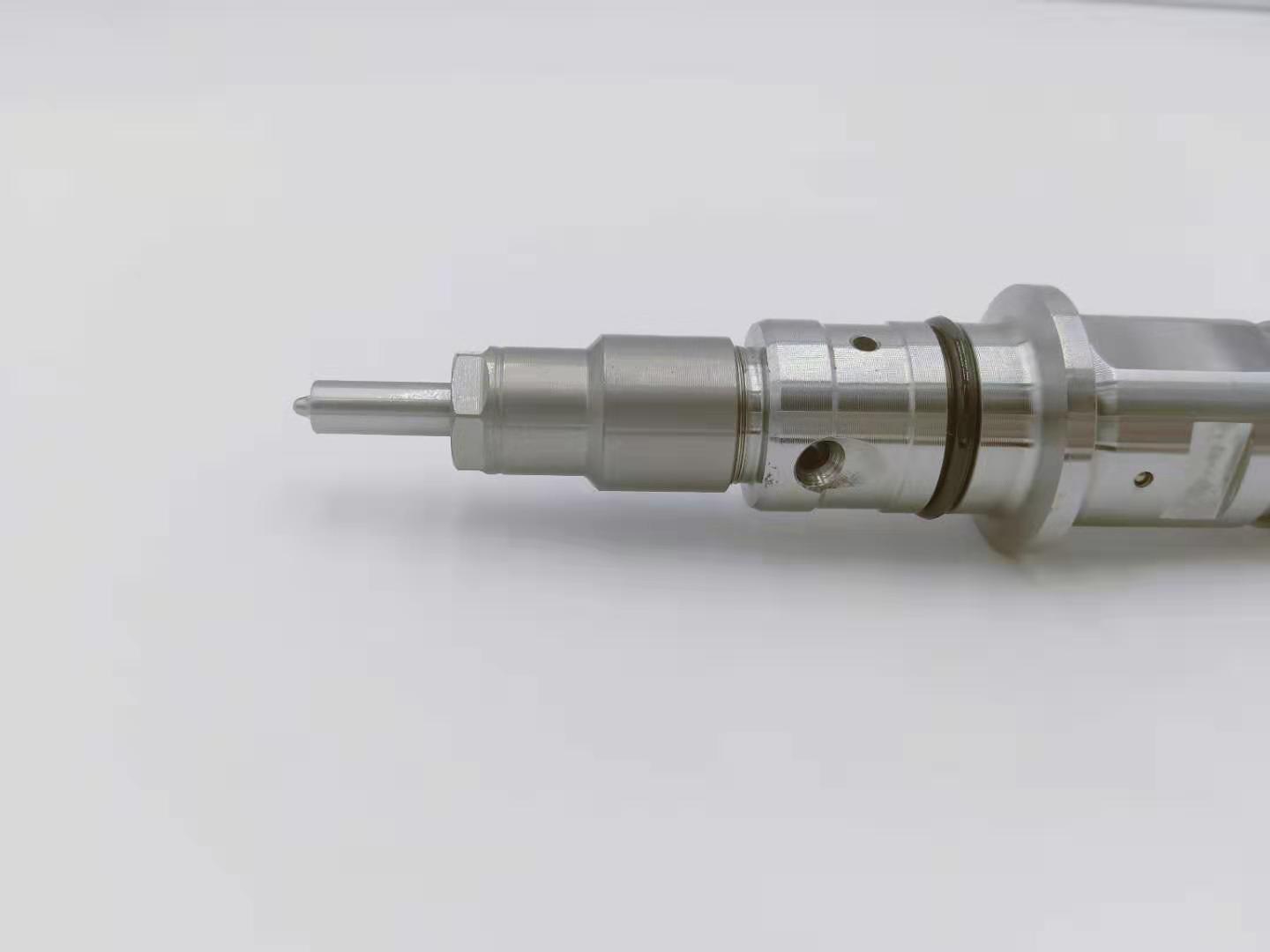
Used in Vehicles / Engines
| Product Code | 0445120183 |
| Engine Model | / |
| Application | Gaz Deutz Yamz Engine |
| MOQ | 6 pcs / Negotiated |
| Packaging | White Box Packaging or Customer's Requirement |
| Warranty | 6 months |
| Lead time | 7-15 working days after confirm order |
| Payment | T/T, PAYPAL, as your preference |
| Delivery Method | DHL, TNT, UPS, FedEx, EMS or Requested |
Knowledge about diesel injector
Developing the Model of Fuel Injection Process Efficiency Analysis for Injector for Diesel Engines (part 2)
Also, to improve the injection process, it is necessary to increase the injection pressure, which is accompanied by an increase in the flow rate of the fuel through the atomizing orifices (resulting in the flow turbulence) and the spreading velocity of the fuel jets in the CC.
The disintegration of the fuel jet begins immediately at the atomizing orifice. These factors lead to the improved quality of fuel atomization, which indicates the need to study the dynamics of atomizers. Thus, there is a challenge in qualitative and quantitative estimation of fuel dispersion, which is presently a labor-intense and an energy-consuming task. It is not possible to obtain accurate fuel atomization characteristics without perofrming three-dimensional modeling, which requires a high and an advanced level of knowledge of the calculation packages.
2 Determining the cycle doze along the pressure spectrum
In solving some tasks of estimating the compared options by their quality of fuel atomization, flow diagrams or pressure diagrams upstream the atomizing orifices may be sufficient. For example, the assessment of the influence of the electrohydraulic injector (EHI) parameters may be performed using the value of cycle supply and the moments of the injection beginning and end of with the same control signal. The option of the injector with a higher cycle delivery rate, provided the equal delay of the moments of the injection beginning and end relative to the moment of the control signal beginning and end, is faster, and, as a consequence, more preferable, since it is known in advance that the fuel delivery quality improves with increasing EHI operating speed. However, in most cases, there is no information on the correlation between the modelling output parameters and the fuel atomization quality, which requires changing the approach to forecasting it.






